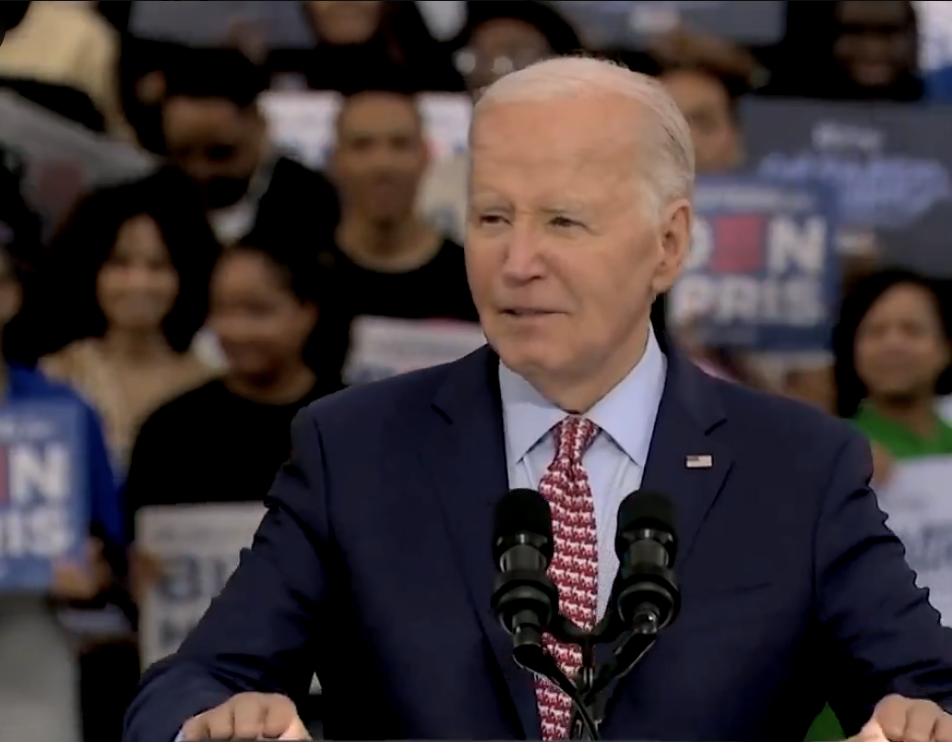Pennsylvania is the most important state in American politics. If you don’t believe it, check President Joe Biden’s frequent-flyer miles.
When the president stepped off the plane with Vice President Kamala Harris for his visit to Girard College Wednesday, it was his seventh visit to Pennsylvania this year alone. He’s been to the Keystone State 38 times since becoming president, more than any state (other than his home state of Delaware).
And, according to Politico, his campaign “has opened two dozen field offices, and the president and his allies have poured tens of millions into the state, outspending former President Donald Trump and his backers there more than 4 to 1.”
“We are ground zero for this election,” Jeff Jubelirer of Bellevue PR told DVJournal.
The lure of Pennsylvania for “Scranton Joe” is obvious. It’s got 19 Electoral College votes — only California, Texas, Florida, and New York have more — and polling consistently puts it on the short list of swing states almost certain to select the next president.
Plus it’s nearby, an important consideration for the 81-year-old incumbent.
“I don’t see how a candidate’s going to win without winning Pennsylvania,” observed Jubelirer. “If you don’t win Pennsylvania, you’ve really got to collect multiple swing states to make up for that number that Pennsylvania has on its own.”
Trump isn’t exactly neglecting the state. He’s visited Pennsylvania at least five times since 2021, holding rallies across the state. Jubelirer suggested the rallies are an effort to make sure so-called base voters remain excited about going to polls in November.
Ad spending also reflects the view of the Biden and Trump camps that the 2024 election runs through Pennsylvania.
An NPR-AdImpact analysis found $21.2 million has been spent on presidential campaign ads in Pennsylvania. That money was split almost evenly between the two candidates.
Much like Pennsylvania’s electorate, the state’s political strategists are split on who needs the state more.
GOP communications strategist Andy Bloom told DVJournal that Biden “almost can’t win” without Pennsylvania. He suggested Trump has a wider path to victory. “[Trump] needs either Pennsylvania, Wisconsin, or Michigan. Any one of those three states will put Trump over the 270 mark,” he said.
When asked if Biden or Trump needed the state more, veteran Democrat political consultant Neil Oxman told DVJournal to “do the math” because Biden would reach 270 by winning the six other swing states. At the same time, Oxman said it would be a lot easier for Biden if he won Pennsylvania.
“He’s got a bunch of states that he’s not going to lose like Trump has a bunch of states that he’s not going to lose,” Oxman said.
The fact that Biden is struggling in Pennsylvania shows his candidacy is in danger, campaign professionals say, pointing to the state’s track record of backing Democrats. After George H. W. Bush in 1988, Republicans have carried Pennsylvania’s Electoral College votes just once — in 2016.
Another sign of trouble for Joe Biden: coming to Philadelphia in an attempt to shore up support among Black voters, historically the most loyal Democratic group in the country. Democrats have called Black voters “the backbone of the Biden-Harris coalition.”
However, a recent New York Times/Siena College survey of Pennsylvania and other battleground states found minority voters were drifting away from Biden-Harris.
All this campaigning, however, could lead to another problem, says Jubelirer: candidate fatigue.
“I think we’ve got it already,” he said. “Biden comes to Philly, it feels like every two to three weeks…We know these candidates…There’s already fatigue.”
On the other hand, said Oxman, “people are still paying attention” to political commercials. “You look up [when the ads come on],” he said. “You’re not throwing beer cans at TV sets. It’s not that obnoxious.”
For Bloom, the ad saturation is a small price to pay for Pennsylvania being extremely important this fall.
“There’s going to be six or seven states that determine this election. And they will see a lot of the candidates and see the bulk of the advertising. The other 43-44 states will see very little of the candidates and very little advertising,” he said.

